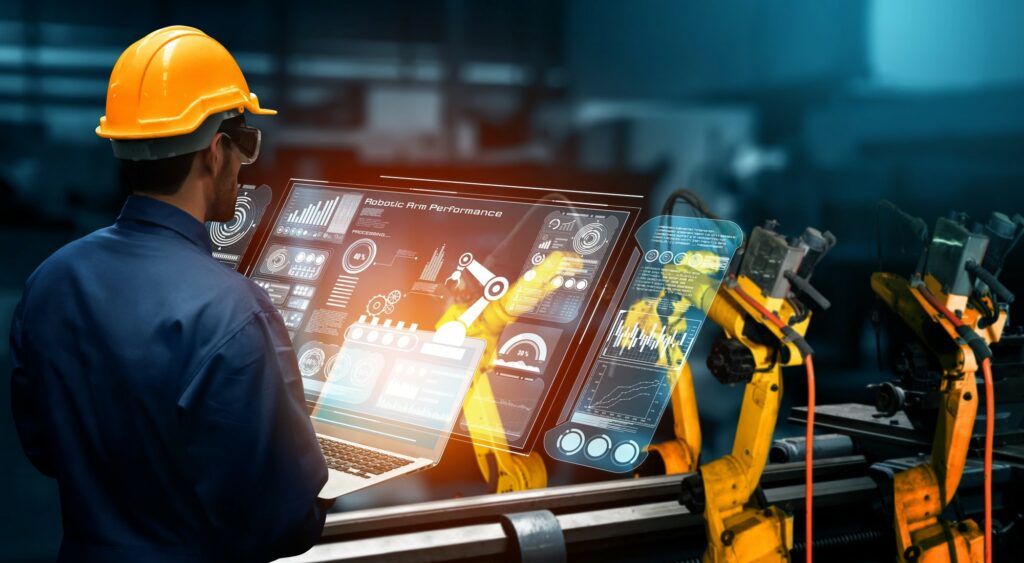With the increasing availability of sophisticated analytics, AI, and robotics, corporate leaders are reconfiguring their workforces to meet changing technical demands. Indeed, by 2022, 54% of all employees will require significant upskilling, according to the World Economic Forum. But leaders engaged in workforce transformation are running into unexpected roadblocks as they attempt to keep their employees’ skills in sync with rapid digitization and automation. The introduction of new technologies into the workplace often upsets existing status hierarchies based on tenure, role, or expertise — factors that dictate the amount of respect, assumed competence, and deference an employee receives from others in the organization. Upsetting fundamental status hierarchies can impede learning, particularly when senior employees perceive that those junior to them are benefiting the most from a workforce transformation.
AMI Awarded $2M Grant from Florida Department of Commerce to Deploy Smart Manufacturing Lab
TALLAHASSEE, FL – Advanced Manufacturing International (AMI) has been awarded a $2M grant

